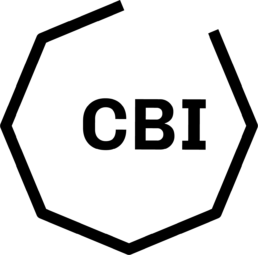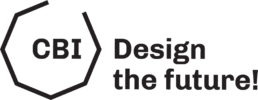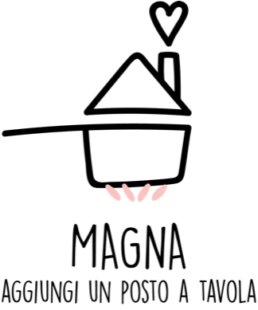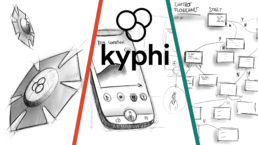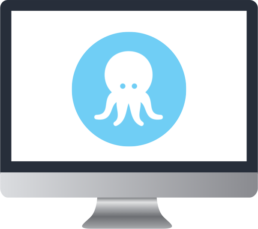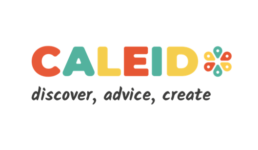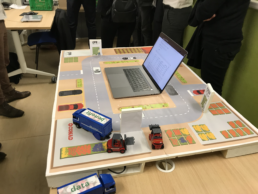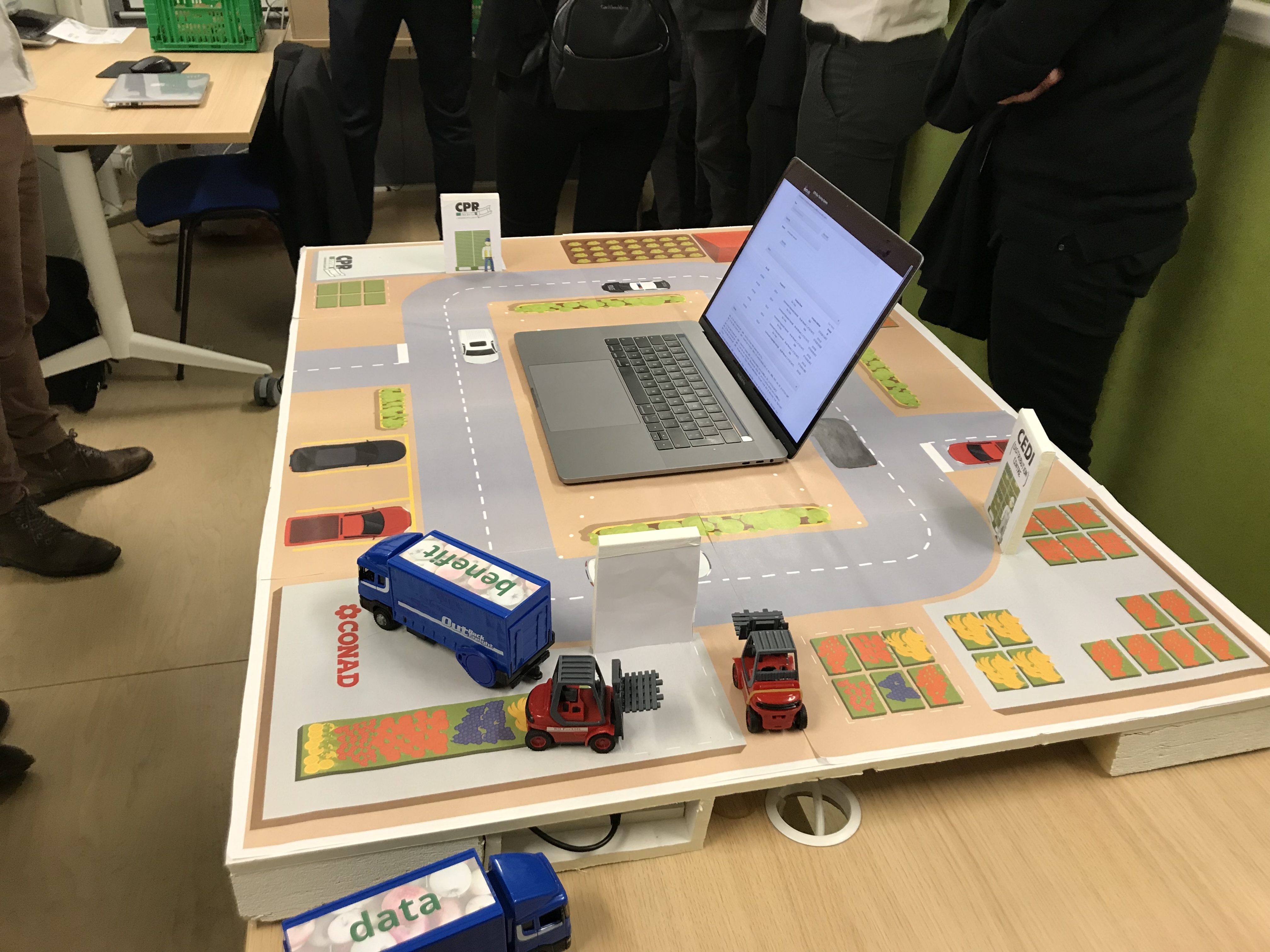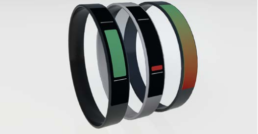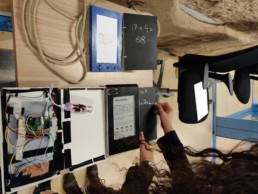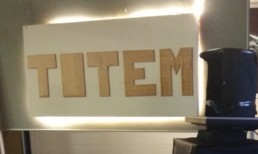Design the Future 2019
“Thinking outside the box” or maybe “thinking without a box”? In any case, easy to say, difficult to implement. Even more when thinking about the future.
As Niels Bohr once said: Prediction is very difficult, especially if it's about the future. That is why this workshop, as usual, was not about predicting the future but designing your own one. For that, different thinking tools were offered, but not the usual ones. In the course, we share with the students how we think disruptively at CERN.
The general objective of this workshop was that, while having fun, the students learned:
- What CERN is by interacting directly with CERN researchers.
- How to think disruptively.
Don’t be mistaken though. We squeezed every single neuron of the students' brains for them to think in ways they never imagined before. This, we could predict!
In the 2019 edition of the Design The Future workshop, students from Tampere University, Technion and UPV/EHU collaborated to create futuristic scenarios of a more sustainable future. You can find the video deliverables below:
Team AGEING
Challenge: Models of Housing and Services for an Ageing society?
Partner companies: LegaCoop // Cooperative coinvolte: Dozza, CADIAI e CAMST
Solution: Magna is a meal sharing service that brings together older people and students for lunch, providing a mutual benefit: older people gain in terms of company, periodic checks and proper eating, while students obtain good and warm meals near their university. it is a distributed canteen service in the houses of elderly people.
Team ASTHMA
Challenge: how to improve life of asthma patients, and their realtionship with the doctors?
Partner company: Sanofi Genzyme
Solution: Kyphi, a system that monitors asthma condition and prevent attacks through a wearable device, and a mobile app with an artificial intelligence that analyzes data and exchange meaningful ones with the doctor, acting as a bridge, improving the quality of the communication between doctors and patients
Team MILK WASTE
Challenge: how to minimize milk waste along the supply chain (from production to consumers)?
Partner companies: LegaCoop / Cooperative coinvolte: Granarolo, CoopAlleanza
Solution: Lacktopus is a platform that allows data sharing among all the actors of the milk supply chain and, using a machine learning algorithm, data mining and clusterization, provides a better forecasting of the milk demand, thus dramatically reducing milk waste.
Team EDUCATION
Challenge: the school of the future. Learnings happens everywhere. Beside the school learnings, what learning format to support kids (and parents) in their informal learning process?
Partner companies: Legacoop Bologna / Cooperative coinvolte: Open Group, Cadiai, Società Dolce, Coop Alleanza 3.0, Senza il Banco, Teatro Testoni Ragazzi, Uniser, Anastasis
Solution: Caleido is a new service that helps parents to make the best choice for the out-of-the-school activities of their kids. It has consulting services for families that happens with professionals of both municipality, schools and cooperatives. It also aggregates all the “non-formal education” opportunities of Bologna on a shared platform.
Team FRUIT
Team FRUIT
Challenge: how to improve the fruits/vegetables buying experience and how to support GDO workers, empowering the fruit boxes with information data?
Partner company: CPR System
Solution: A shared data collection and communication system based on CPR “smart” boxes, that allows all the actors of the supply chain to exchange valuable information, streamlining their operations and enhancing the buying experience of the final customer.
Combatting Tyre Dust by 2030 & Coulomb - Team Spring
Combatting Tyre Dust by 2030 & Coulomb - Team Spring
Team Spring explored reducing tyre dust levels in Melbourne’s waterways and how to reduce micro-plastics in domestic water ways. Their project produced 4 different concepts, summarised in the 2 white papers below. Find more info on the dedicated course webpage.
WeBe - Team Kaya
WeBe - Team Kaya
Sustainable Development Goal 5: Gender Equality
Team Kaya started with the UN’s fifth Sustainable Development Goal; Gender Equality. The team started by analysing the six dimensions of the UN SDG and decided to focus our research on topics affecting women in Spain, specifically young women who faced the challenge of balancing work and career. The research therefore focused on the SDG’s sub topic “5.4 Recognize and value unpaid care and domestic work” and “5.5 Ensure women’s full and effective participation […] in Leadership”. These two topics are strongly intertwined and represent a problem area that the team could focus on.
Given complete freedom to define the challenge, the team explored the many facets of the SDG, and after careful analysis of the data available, interviews and design sprints reached the final problem statement of
“How might we create a more supportive dynamic in relationships, so that the distribution of work is equal?”
Solution: We Be
Our solution consists of a wearable device specially for couples. It is a sign of love and partnership, like a wedding ring, but this device collects data throughout the day.
The We-Be’s first iteration is a personalizable bracelet with a discreet screen. It analyzes the heart rate, sleep pattern, stress level, activity, sweat and emotions, and extrapolates a visual “emotional battery” level, that is shared between the couple. This shared emotional battery allows both partners to be aware of how each other are feeling over the course of the day, be it stress, fatigue, or happiness. It allows them to be aware when their partner needs a little bit of extra support, or a lot.
Meanwhile, the sensors on the bracelet monitor the user’s state. Several times per day, the screen will change to a color slider, prompting the user to indicate their current emotional feelings and mood in order to best calculate their emotional battery level. The We-Be is integrated with an app, which delivers an alert if one of the couple enters into critical low battery. From the app the users can also check their own data, as well as giving the couple personalized tips regarding their partners wellbeing.
Aim: Make the invisible, visible and create a dynamic between the couple and to open space for a healthy communication in order to make them both feel loved and supported. Create a balance for working couples and improve awareness of each other.
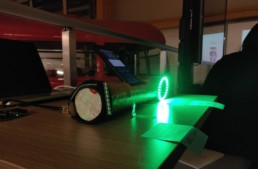
LEAF - Team Tyson
LEAF - Team Tyson
SDG 4 – Quality education
LEAF is focusing on building an educational solution for Niger that meets the unique challenges the country is facing, starting with primary education for the country’s citizens. One large demographic group in the country frequently left out of the traditional education system is the country’s Nomadic populace. The largest nomadic group in the country is the Fulani people who like many of their nomadic peers observe a pastoral lifestyle traveling with the livestock they watch after and selling their cattle’s milk and cheese for profit in the market. In Niger this group represents a population of over 2 million who due to their lifestyle are not able to participate fully in the education programs provided by the government or the NGOs who operate there.
How might we bring primary education to the children of Nomadic families between the ages of 5 and 12 by providing a learning solution that moves with them so they can improve their future opportunities?
What is LEAF ? A system to bring effective primary and secondary education to those who are unable to access traditional infrastructure and education programs.
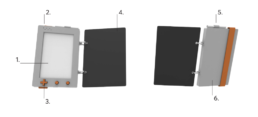
1 - 7.5” eInk Screen: Low Power Consumption display of immersive and informative graphics to make learning more intuitive and interactive. 2 - Built in Speaker: Audio capable system to help students with learning to read/write through audio prompts and to keep students engaged. 3 - Durable Navigation Buttons: D-Pad and 2 Selection Buttons provide flexible and durable system navigation. 4 - Writing Surface: Slate attached to the device provides a reusable writing surface for the students to perform writing exercises and arithmetic. 5 - Chalk Holder: Chalk storage to keep the necessary writing implement with the tablet at all times. 6 - Solar Panel: Built in charging capability allows the device to work without requiring electric infrastructure.
A core capability the LEAF tablet brings to the table is its ability to set up its own networks dynamically locally between students and with teachers without relying on traditional infrastructure. 2 unique technologies will be utilized to make the dynamic networks possible: ZigBee and LoRa.
ZigBee is a low-power communication protocol built to support short range communication between devices also equipped with the ZigBee hardware. The technology is unique in that the network it creates is self-organizing meaning that the ZigBee devices will discover one another, connect automatically, and use the network the create to pass data between all ZigBee devices within that network (even if they are not able to communicate directly).
LoRa is a low-power communication protocol that will supplement ZigBee by providing the long-range networking which will connect multiple Fulani Tribes and importantly the Fulani students to teachers. The LoRa network can facilitate connections between 15 and 20 kms (although its effective range may be less) which will put them in range of teachers in areas where traditional communication networks are not present.
Putting these technologies together means that by using the LEAF tablet the Fulani children will be able to learn communally and receive aid from teachers remotely. These two technologies are important in that they create the interfaces necessary for an effective peer learning system.
If we are successful in the development of an effective teacher light solution that works for their situation, the solution can be expanded beyond the original Fulani group. Our target would be to cover all Nomads and refugees worldwide, and later work to redefine learning for all people around the world building on the insights into how people learn through our digital learning platform.
Download the project documentation
Project video
Totem - Team Schrödinger
Totem - Team Schrödinger
SDG – 3 Good health and Well-being
The purpose of this design thinking project was to develop a solution to reduce aberrant and excessive consumption of online content. On average a user spends approximately 3 hours per day online and 98 minutes per day on social media platforms (Hootsuite 2017a). This consumption pattern may lead to negative affect on our mental and physical health (Lin 2012b, Morin 2018c).
While conversations with experts revealed that social media sites go beyond the Trigger-Action-Reward mechanism of forming a habit and Invest heavily in Machine Learning (ML) to learn what an individual likes, to create content and suggestions specific to individual, which in turn makes them hooked to the application.
Our solution is based on the outcome of our interviews and surveys, where the users realize their habitual usage and yearned for a solution for breaking the habits. Totem provides positive reinforcements to users when nonsensical online behaviour is detected. It learns about the users by data acquisition and ML and provides nudges and reminders to facilitate completion of tasks at hand and/or upcoming activities both at home and outside.
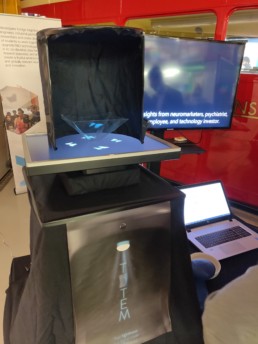
Totem consists of two components: on one hand, the mesh works as a wearable, meaning that it always travels with you. Collecting data about the way you scroll over the screen of your smartphone, it will detect whether you are using your smartphone appropriately. For instance, if you are attending a meeting and start using a social media application, the mesh will detect it. Since Totem knows you are attending a meeting, it will send you a notification in order for you to raise awareness and stop using your smartphone in the meeting.
On the other hand, the physical Totem is always at home and it works as a home assistant. Totem has a personalized hologram that enhances your relationship with it. Imagine you are at home, with no planned activities and you start to scroll over an application endlessly. Because of the mesh detection, Totem will check your schedule and, since there are no plans, he will suggest you a way to achieve one of your goals.
Totem seamlessly connects to other Internet of Things (IOT) devices for home control and can be customized based on user preferences. User data will be stored on site to provide complete ownership and privacy of data.
The way Totem works can be summarized in three steps:
- Listen: Totem collects information about the way you use your smartphone and analyses it.
- Learn: by knowing your schedule and goals, Totem will be able to provide personalized solutions for you.
- Propose: by sending nudges or suggesting activities based on your goals, that fit within your schedule, you will be able to care about what really matters.
[References: We Are Social, & Hootsuite. (n.d.). Average daily social media use via any device in selected European countries in 2017 (in minutes). In Statista – The Statistics Portal. Retrieved January 4, 2019, from https://0-www-statista-com.biblio.url.edu/statistics/719966/average-daily-social-media-use-in-se-lected-european-countries/.
Lin F, Zhou Y, Du Y, Qin L, Zhao Z, et al. (2012), Abnormal White Matter Integrity in Adolescents with Internet Addiction Disorder: A Tract-Based Spatial Statistics Study. PLoS ONE 7(1): e30253. doi:10.1371/journal.pone.0030253]
Download project documentation
Project video
